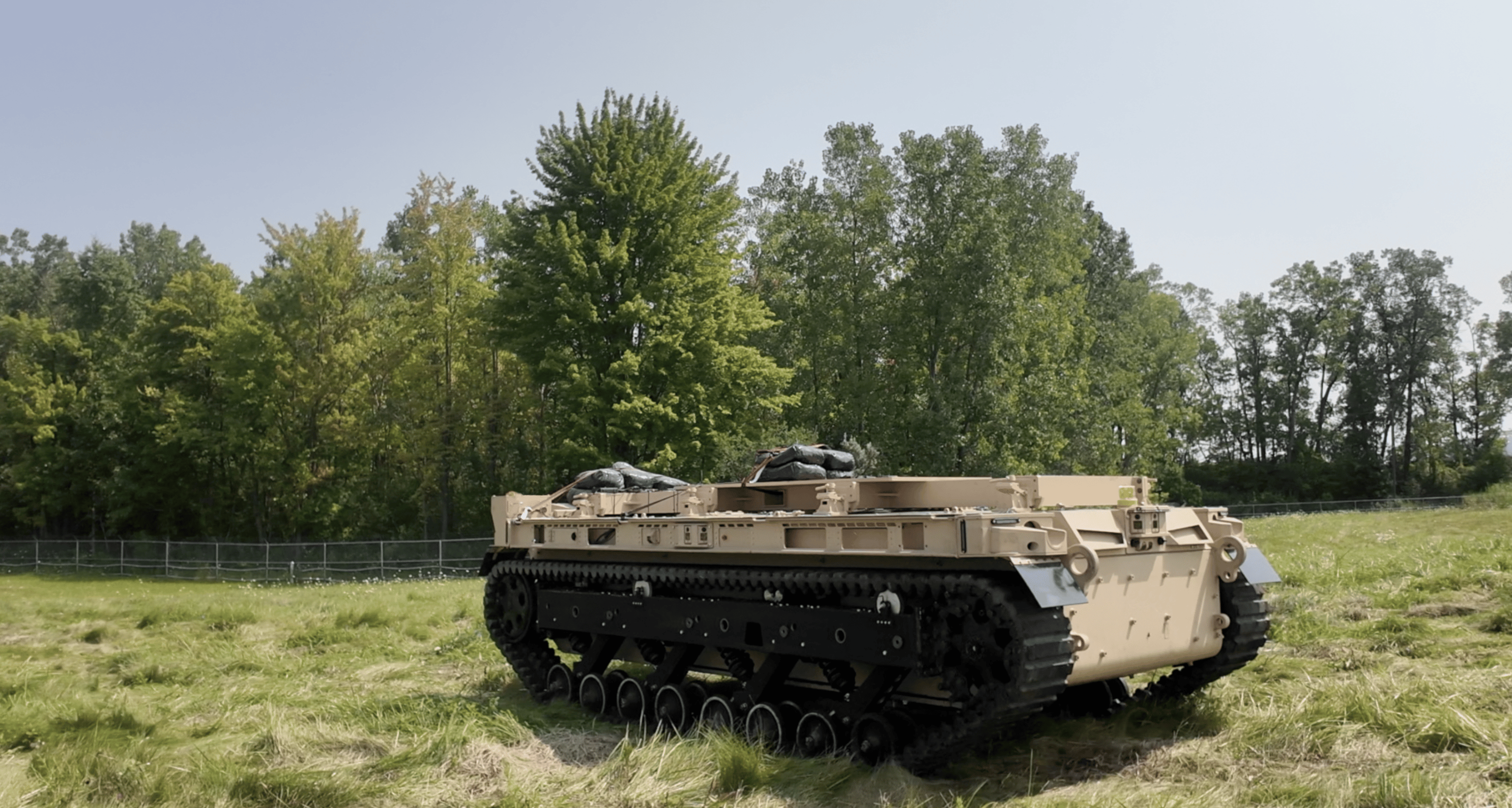DEF STAN 00-81 Electromagnetic Compatibility Testing for Onboard Power Systems
The DEF STAN 00-81 test is a crucial procedure for ensuring the reliability and performance of vehicle and land systems in modern military applications. This stringent standard evaluates how electronic equipment interacts within its electromagnetic environment, particularly focusing on onboard power systems. Compliance with DEF STAN 00-81 ensures that systems are robust against interference from other electrical devices and can function effectively under diverse conditions.
The test aims to prevent malfunctions that could arise due to Electromagnetic Interference (EMI) or Electromagnetic Compatibility (EMC) issues. Such interference is common in environments rich with electronic components, such as those found on military vehicles. The standard applies not only to the design and manufacturing stages but also during operational deployment phases.
The testing process involves multiple stages that simulate real-world scenarios. For instance, it includes tests for susceptibility (how a system responds when exposed to external electromagnetic fields) and emissions (the degree of interference generated by the system itself). These evaluations are vital in ensuring that onboard power systems can withstand harsh operational conditions without compromising performance or reliability.
For quality managers and R&D engineers working within this sector, understanding DEF STAN 00-81 is essential. The standard guides them through critical design decisions to ensure electromagnetic compatibility (EMC). Compliance also supports procurement efforts by ensuring that purchased components meet stringent requirements.
The scope of the test covers a wide range of equipment and systems used in military vehicles. This includes but is not limited to power distribution units, alternators, starters, and battery chargers. Each component must pass rigorous testing to demonstrate its ability to operate correctly amidst electromagnetic interference. The acceptance criteria for each part are based on international standards such as ISO 12130-1 and EN 50159.
The process involves several steps that ensure thorough evaluation of all aspects affecting the system’s electromagnetic compatibility. Initial assessments focus on identifying potential sources of EMI, followed by detailed testing to confirm compliance with established limits. After successful completion, a comprehensive report detailing test results is generated for future reference and documentation purposes.
Scope and Methodology
| Aspect of Testing | Description |
|---|---|
| Initial Susceptibility Tests | Evaluates how the system behaves when exposed to external electromagnetic fields. |
| Final Emissions Test | Measures the level of interference generated by the equipment under test. |
| Sustained Operation Test | Ensures continuous operation without degradation over extended periods. |
| Environmental Testing | Simulates various environmental conditions to assess robustness and reliability. |
The scope of the test covers all aspects related to electromagnetic compatibility, including initial susceptibility tests, final emissions measurements, sustained operation evaluations, and environmental stress testing. Each step aims at verifying that the onboard power system can function effectively in challenging electromagnetic environments without causing or suffering from interference.
During these tests, specialized equipment is used to generate controlled electromagnetic fields around the test specimen. The generated fields are then measured for their effects on various parameters of the system being evaluated. This includes changes in voltage levels, current fluctuations, and operational performance metrics.
Industry Applications
The DEF STAN 00-81 test is particularly relevant for defense contractors and suppliers of military vehicles. It ensures that the onboard power systems used in these vehicles meet stringent electromagnetic compatibility requirements, thereby enhancing overall system reliability under operational conditions.
For R&D engineers involved in developing new technologies for military applications, this standard serves as a benchmark for design and development processes. By adhering to DEF STAN 00-81 guidelines, they can ensure that their innovations are not only technologically advanced but also meet necessary regulatory requirements.
Compliance with DEF STAN 00-81 also benefits procurement departments by providing assurance that purchased components will integrate seamlessly into existing systems without introducing unwanted electromagnetic interference. This alignment helps streamline supply chain management and reduces potential disruptions during integration phases.
Why Choose This Test
- Ensures compliance with international standards for electromagnetic compatibility.
- Enhances system reliability in challenging operational environments.
- Promotes seamless integration of new components into existing systems.
- Reduces the risk of malfunctions due to electromagnetic interference.
- Demonstrates adherence to rigorous quality control measures during design and manufacturing processes.
- Supports procurement efforts by validating component compatibility with specified standards.
- Fosters continuous improvement in product development cycles through robust testing protocols.
Selecting DEF STAN 00-81 testing guarantees that your vehicle or land system meets the highest levels of electromagnetic compatibility. This commitment to quality not only enhances operational effectiveness but also contributes to safer and more reliable military equipment.





